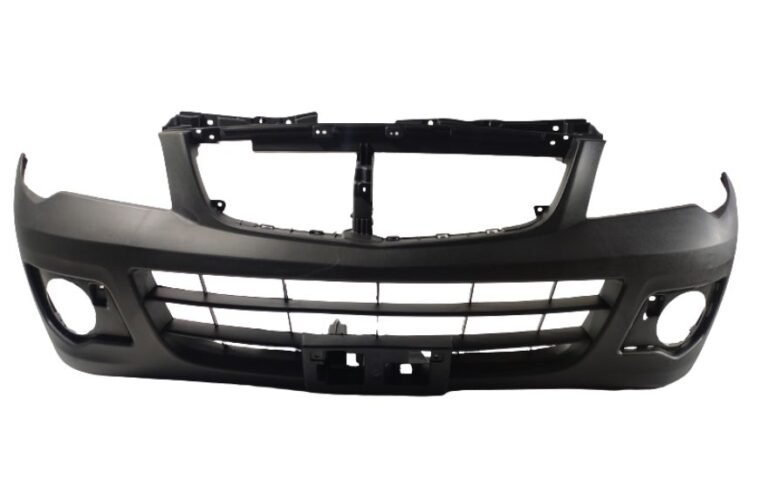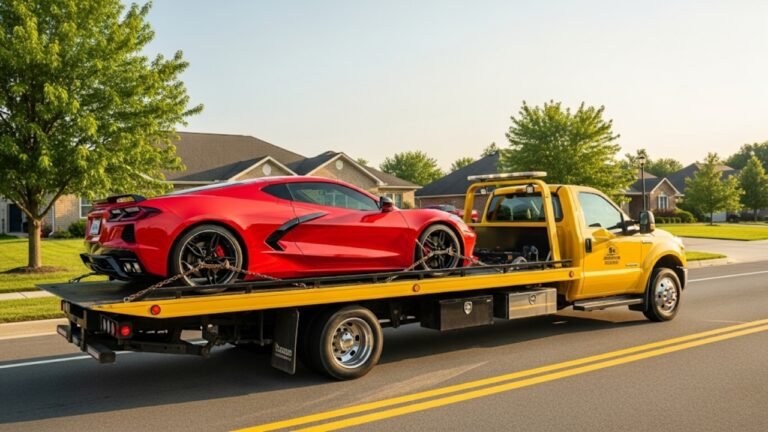Car and House Aesthetic

Ever noticed how someone’s car and house aesthetic seem to match their personality? It’s not just a coincidence. In today’s world, the way you style your ride and your residence speaks volumes about who you are. Think of it like a visual autobiography. Whether you’re driving down a tree-lined street or pulling into your driveway after a long day, your personal taste shouldn’t stop at the front door—or at the garage.
More people are starting to see the connection between what they drive and where they live. It’s about blending lifestyle with design. Your car doesn’t have to be just a mode of transport. Your home doesn’t have to be just four walls. When these two elements reflect one another, you create a cohesive, satisfying lifestyle that feels uniquely yours.
In this article, we’ll dive deep into how car and house aesthetics can align beautifully. We’ll explore how colors, textures, design trends, and even moods can play off each other to create a look that feels seamless and soulful.
Car and House Aesthetic Pic Ideas










Why Car and House Aesthetic Matters More Than Ever
There’s something quietly powerful about pulling into a driveway and seeing a car that “fits” the home it belongs to. It’s not about wealth or status—it’s about visual consistency and thoughtful living. In the age of Instagram and Pinterest, aesthetics aren’t just for the camera. They affect our mood, confidence, and sense of identity.
Your car is often the first impression you leave outside your home. Likewise, your house is the space that holds your stories, memories, and dreams. Matching these two means embracing intentional living. You’re saying, “This is who I am,” without needing to explain a thing.
A well-thought-out car and house aesthetic gives your life a sense of rhythm. It shows you’re paying attention to the small things—and the small things matter. They reflect your values, your creativity, and your sense of balance.
Designing with a Purpose: Finding Your Aesthetic Voice
Not everyone has the same style, and that’s the beauty of it. Your car and house aesthetic should reflect your voice, not a trend you saw online. Are you drawn to earthy tones and textures? Maybe a matte green SUV and a modern cabin-style home are your thing. Prefer sleek and modern? Picture a silver electric car parked outside a minimalistic smart home.
When choosing the right look, ask yourself:
-
What colors calm you or energize you?
-
Do you lean toward natural or industrial materials?
-
Is your lifestyle more fast-paced or laid back?
-
What kind of story do you want your home and car to tell?
A cohesive aesthetic starts with self-awareness. Don’t just mimic someone else’s style. Think of it as painting your lifestyle across different canvases: steel, brick, wood, and leather.
Matching Elements: Colors, Materials, and Mood
One of the easiest ways to harmonize your car and home aesthetic is through color coordination. For example, if your home exterior features warm neutral tones like beige, taupe, or stone gray, a car in similar shades—think champagne gold or metallic gray—can look incredibly cohesive.
Harmonizing Car and House Colors
| Home Exterior Style | Suggested Car Color | Shared Mood |
|---|---|---|
| Modern White & Black | Jet Black or Pearl White | Sleek, minimalist |
| Rustic Wood & Stone | Forest Green or Bronze | Earthy, grounded |
| Beachy Blue & Cream | Sky Blue or Sand Beige | Calm, refreshing |
| Industrial Concrete Gray | Steel or Charcoal Metallic | Bold, urban-chic |
Textures also play a role. If your home uses natural wood, exposed brick, or brushed metal, look for cars that feature similar interior textures. Soft leather seats with wood grain panels inside a vehicle can echo the cozy vibe of a Scandinavian-inspired home.
It’s about creating visual and emotional harmony—a vibe that carries from your driveway to your kitchen.
Cultural Influence: How Heritage Shapes Aesthetic Choices
Aesthetics don’t live in a vacuum. They’re rooted in where we come from and what we grew up seeing. In many cultures, how a home looks from the outside says a lot about the people inside. The same goes for cars. From Japanese minimalism to Mediterranean warmth, cultural influences are quietly at play.
For example, someone raised in a tropical region might lean toward vibrant, airy homes with light-colored cars, while someone from a colder, urban climate might prefer muted tones and structured designs. Your heritage and environment shape your eye for detail, even if you don’t notice it at first.
So when you think about your car and house aesthetic, take a moment to reflect on where your style instincts come from. That personal touch makes all the difference.
The Emotional Connection: How Aesthetics Affect Mood
There’s a certain joy in coming home to a place that reflects who you are—and stepping out of a car that complements that space only adds to the feeling. It’s about emotional continuity.
Imagine this: You drive home from work, the interior of your car playing soft acoustic music, your dashboard lit with gentle ambient lights. You pull into your driveway, where warm porch lighting greets you. As you step inside, the same colors and atmosphere carry through. There’s no jarring disconnect. Everything feels right.
This kind of visual and emotional consistency reduces stress and boosts a sense of belonging. It’s a way of creating peace in an often chaotic world.
Simple Ways to Elevate Your Aesthetic Game
You don’t need a massive budget to sync your car and house aesthetic. A few thoughtful choices go a long way:
-
Match your car’s detailing to your house accents. If your house has brass fixtures, consider gold or bronze trim on your car.
-
Coordinate your garage door color with your car paint. It creates a clean, unified visual.
-
Use similar scents. A cedarwood candle inside the house and a cedarwood air freshener in the car can subtly tie both spaces together.
-
Think about lighting. Soft LED lighting in your home’s entryway and similar mood lighting in your car’s interior can create emotional symmetry.
Bullet Points: Quick Aesthetic Boost Tips
-
Choose complementary palettes between car and home.
-
Install smart lighting in both spaces for a unified vibe.
-
Upgrade to matching leather or fabric textures.
-
Add plants or greenery inside the car and on the porch.
-
Use neutral, timeless tones for a polished look.
These quick tweaks can transform your experience without overhauling everything.
Aesthetic in Motion: Cars as a Moving Extension of Home
Think of your car as a moving room. It’s where you drink your morning coffee, listen to music, and sometimes have deep conversations. Shouldn’t it feel like a natural extension of your home?
A well-designed car and house aesthetic blurs the line between mobile and stationary space. This is especially relevant in remote or hybrid work lifestyles. Your car isn’t just for commuting anymore. It’s for reflection, creativity, and in many cases, even Zoom calls.
By treating your car as part of your living space, you not only improve comfort but enhance your sense of identity wherever you go.
Sustainability and Aesthetics: The New Luxury
The future of aesthetics isn’t just about looks. It’s about values. More people are making design choices that align with sustainability—like choosing electric vehicles and energy-efficient homes.
This adds another layer to the car and house aesthetic conversation. A Tesla parked outside a solar-paneled modern home tells a story of innovation and eco-conscious living. A bamboo-decorated house with a hybrid vehicle reflects harmony with nature.
When your choices reflect deeper values, your aesthetic becomes more than just surface-level. It becomes a philosophy.
Conclusion: Make Style a Lifestyle, Not a Snapshot
At the end of the day, your car and house aesthetic is about more than matching colors or trends. It’s about creating a lifestyle that feels true to you. When your surroundings echo your personality—whether you’re on the road or curled up at home—life just flows better.
It’s not about perfection. It’s about alignment. And that alignment, even in the small things, brings a sense of wholeness that’s hard to put into words.
So next time you pick out a car or paint your walls, ask yourself: “Does this feel like me?” If the answer is yes, you’re already on the right track.





